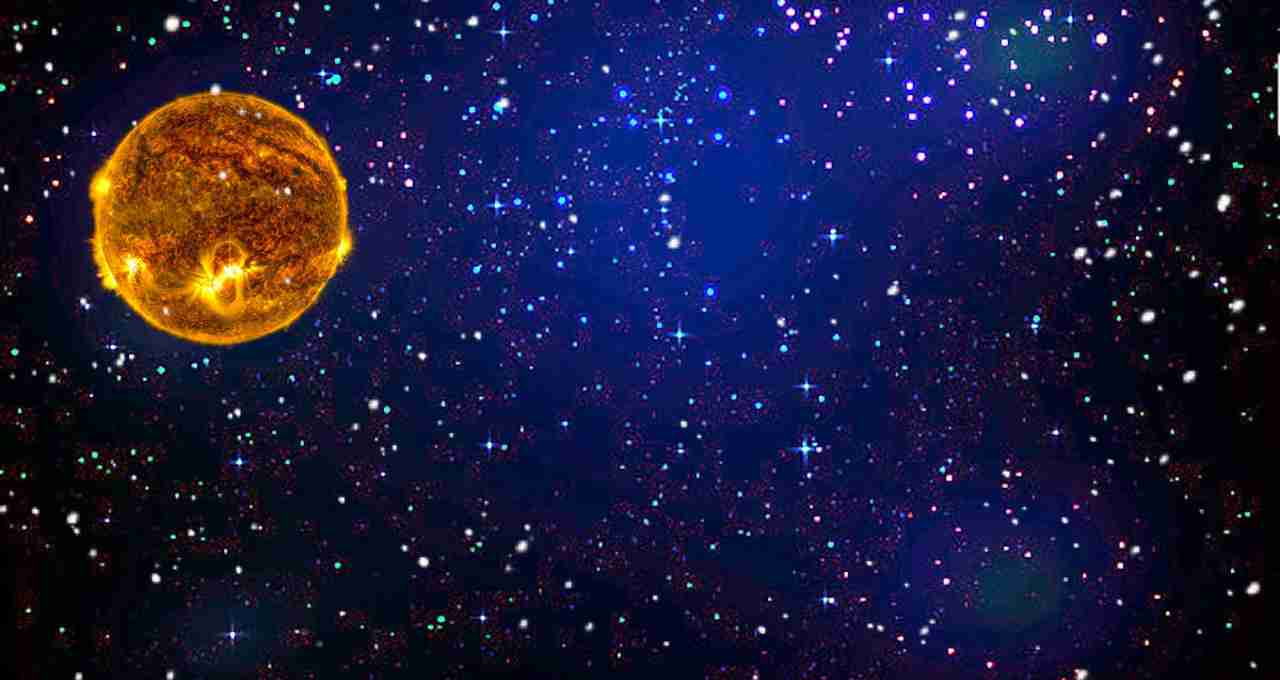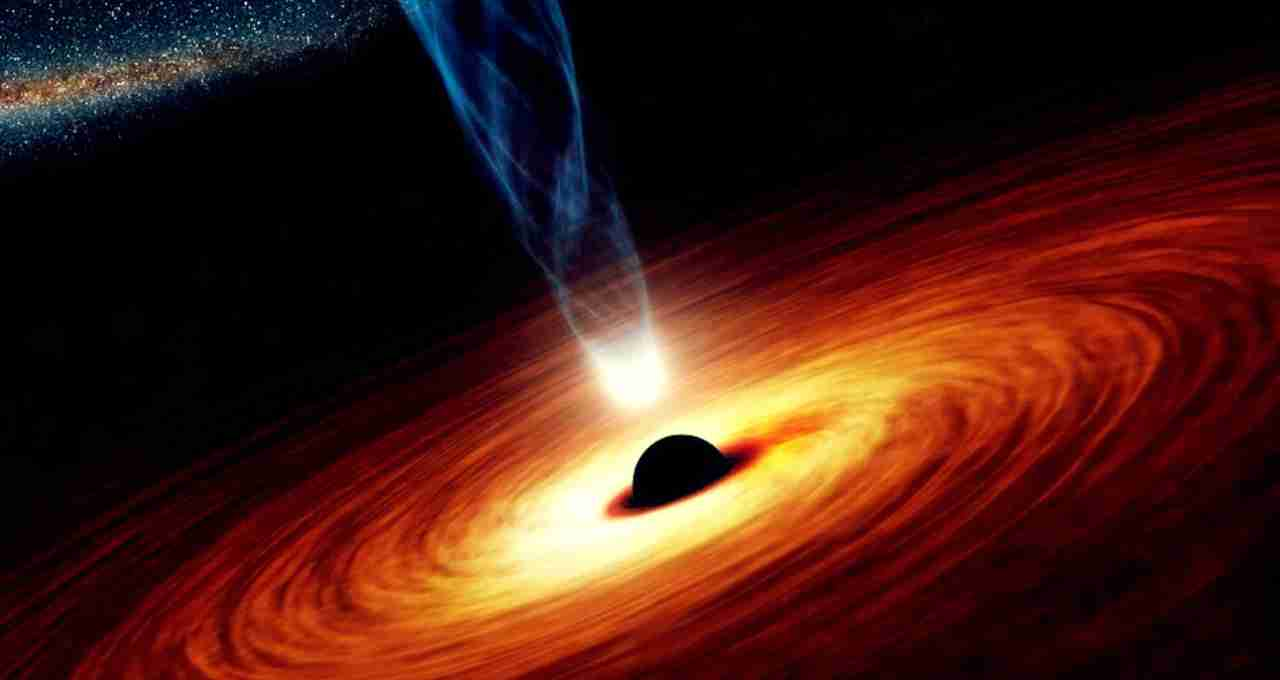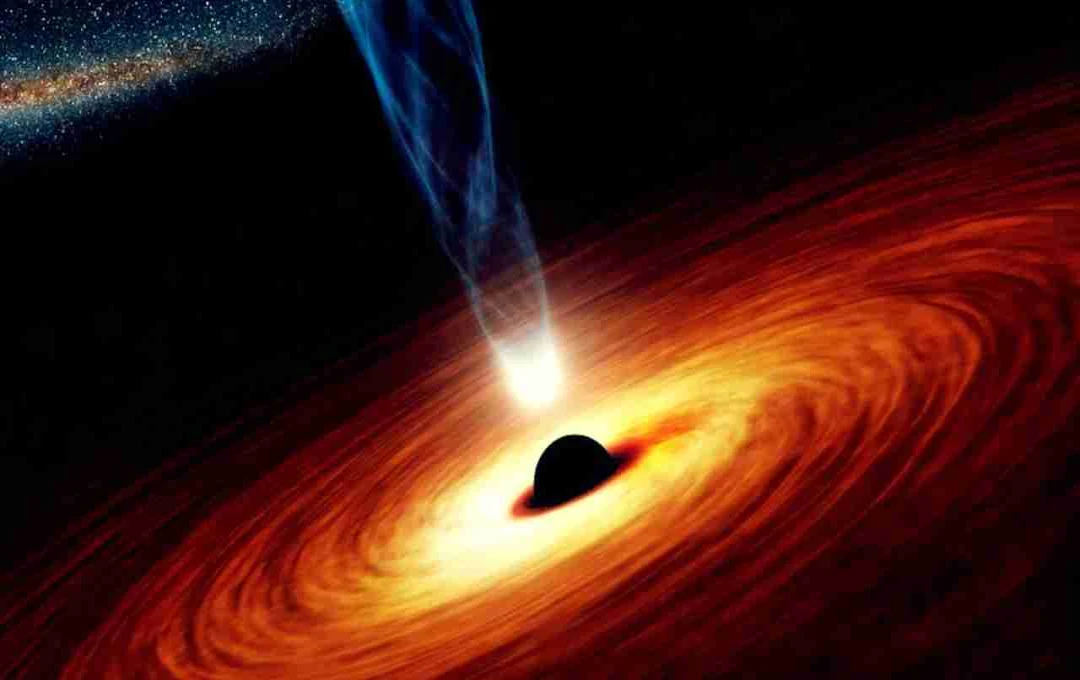A supermassive black hole ejected gas at near the speed of light after consuming it, potentially halting star formation processes.
Black Hole: Scientists have recently observed a remarkable astronomical event, not only revealing the mysterious power of black holes but also highlighting their profound impact on the development of galaxies. This event is linked to the supermassive black hole PG1211+143, located 1.2 billion light-years away, possessing a mass four times that of the Sun.
Recently, this colossal black hole rapidly ingested gas, subsequently expelling it at approximately 27% of the speed of light – roughly 181 million miles per hour. This observation is exceptionally rare and significant for astronomers.
Black Hole Consumed Gas, Then Rapidly Ejected It
Normally, black holes consume everything they encounter – even light cannot escape. However, PG1211+143 demonstrated reversed behavior. A study conducted using the ESA’s XMM-Newton X-ray telescope revealed that within just 5 weeks, this black hole swallowed 10 Earth-masses of gas and then forcefully ejected a significant portion of it at extreme velocity.
Scientists also observed a few days’ difference between the gas entering and then exiting. During this period, the gas heated to millions of degrees Celsius, generating intense radiation pressure that propelled the external gas forward rapidly.
Significant Impact on Star Birth

The intense outflow did not merely affect the black hole itself. It also destroyed surrounding cold gas clouds, typically essential for star formation. Consequently, the star formation process was impacted.
Scientists believe that when a galaxy undergoes such activity, it transitions from a star-forming phase to a quiescent state, where the formation of new stars slows down or ceases entirely. This is referred to as a ‘feedback loop’ in scientific terminology – a process where the black hole influences the development of its own galaxy.
Opportunity to Understand Life Cycles
This discovery has been published in the monthly report of the Royal Astronomical Society in Britain. It states that this event provides an opportunity to better understand the workings of colossal structures like quasars and active galactic nuclei (AGN).
Experts believe that such explosive outflows may be common throughout the universe and will play a crucial role in shaping the life cycles of galaxies. However, the frequency of this process and its global impact require further research.
Black Holes May Be Large, But Don’t Consume Excessively

Lead scientist Dr. Ken Pounds, involved in the study, explained that while PG1211+143 is a large black hole in size, it consumes relatively little matter. Nevertheless, this low consumption can trigger a powerful reaction, leading to widespread changes throughout the galaxy.
What’s Next?
This discovery has opened a new direction for understanding black hole behavior. Astronomers are now planning to monitor more active galaxies to determine how frequently such events occur and the extent of their impact on the cosmos.
It will also help to understand if our own Milky Way galaxy has ever experienced a similar phase, or might in the future.














